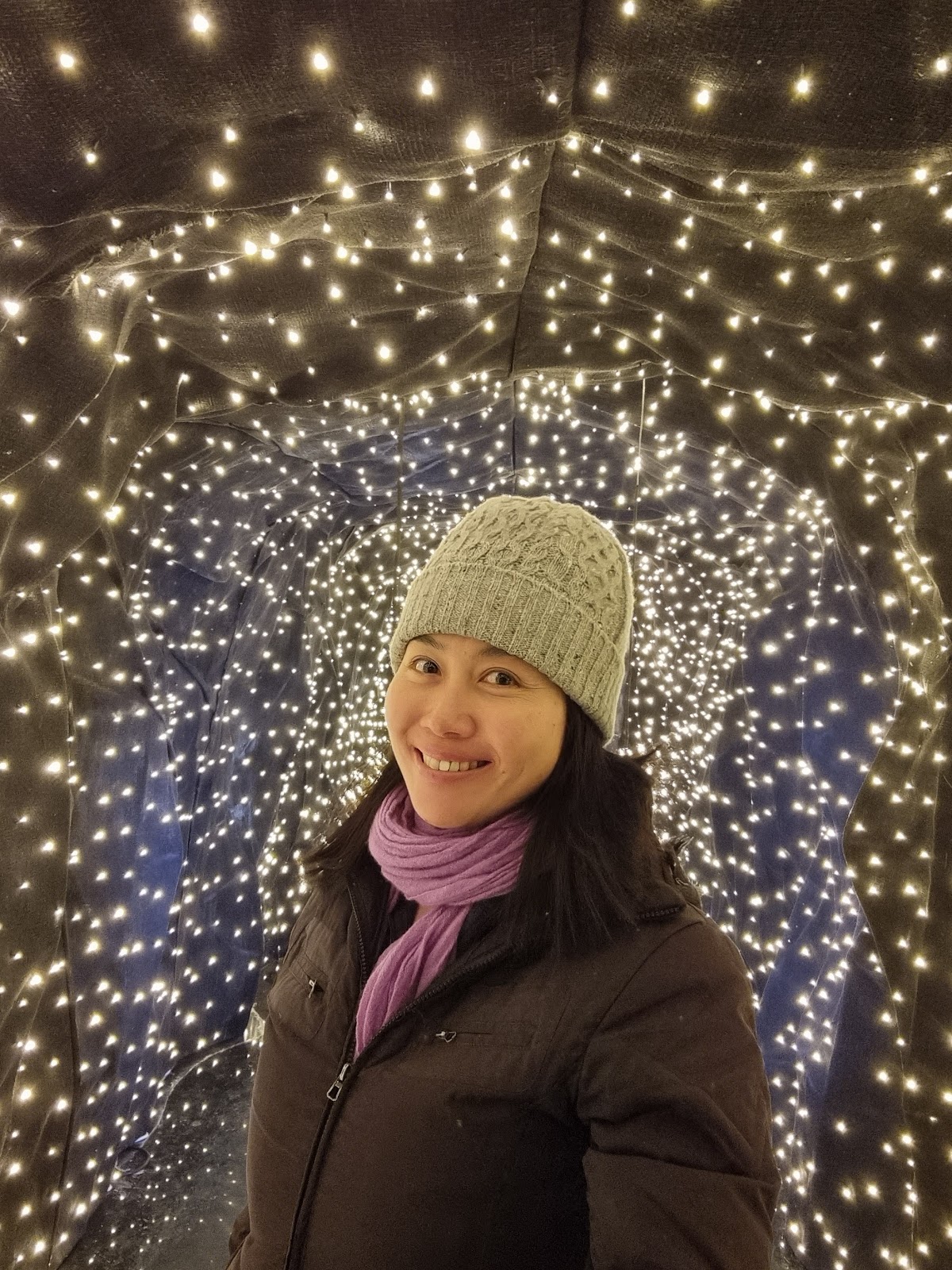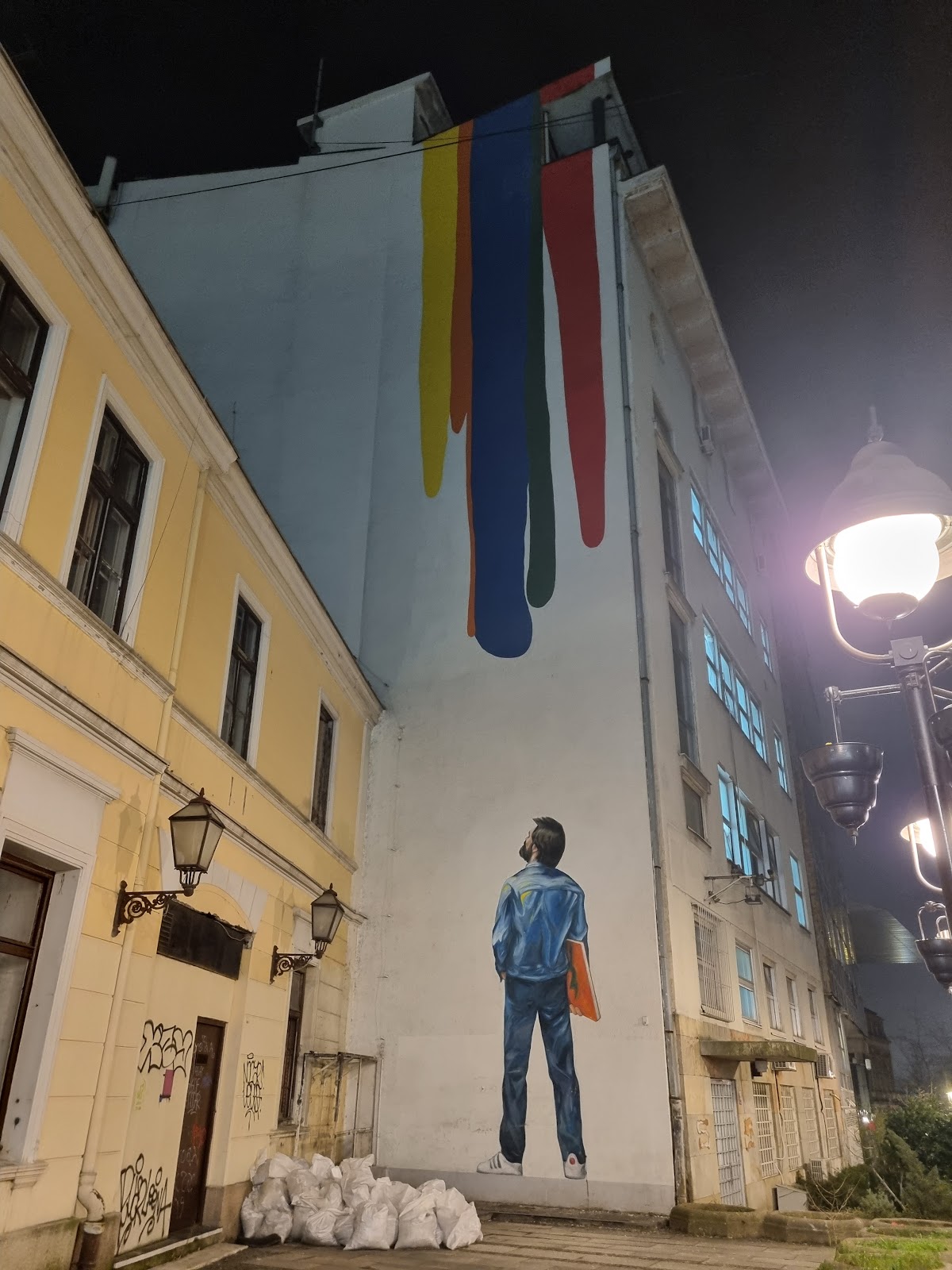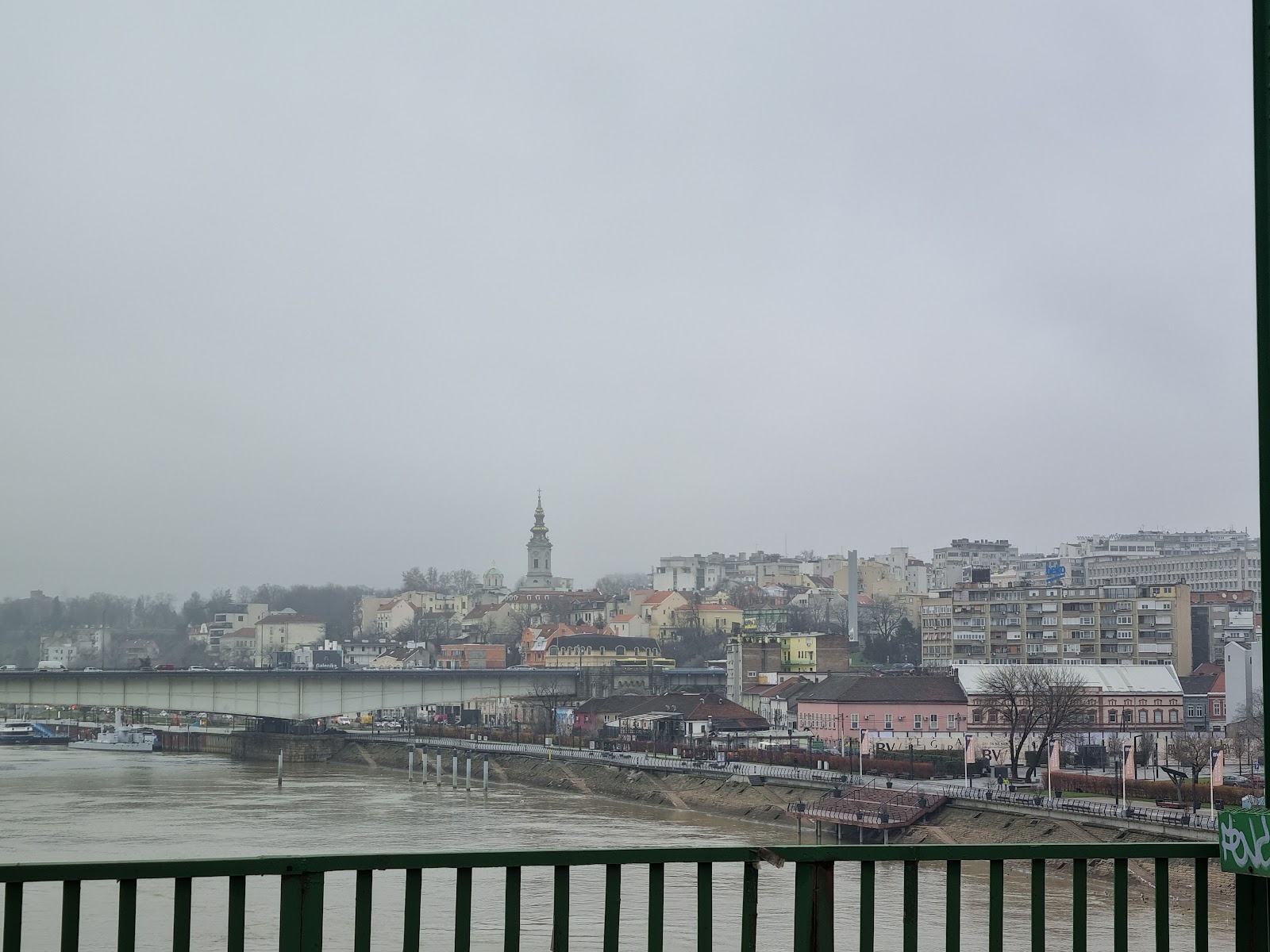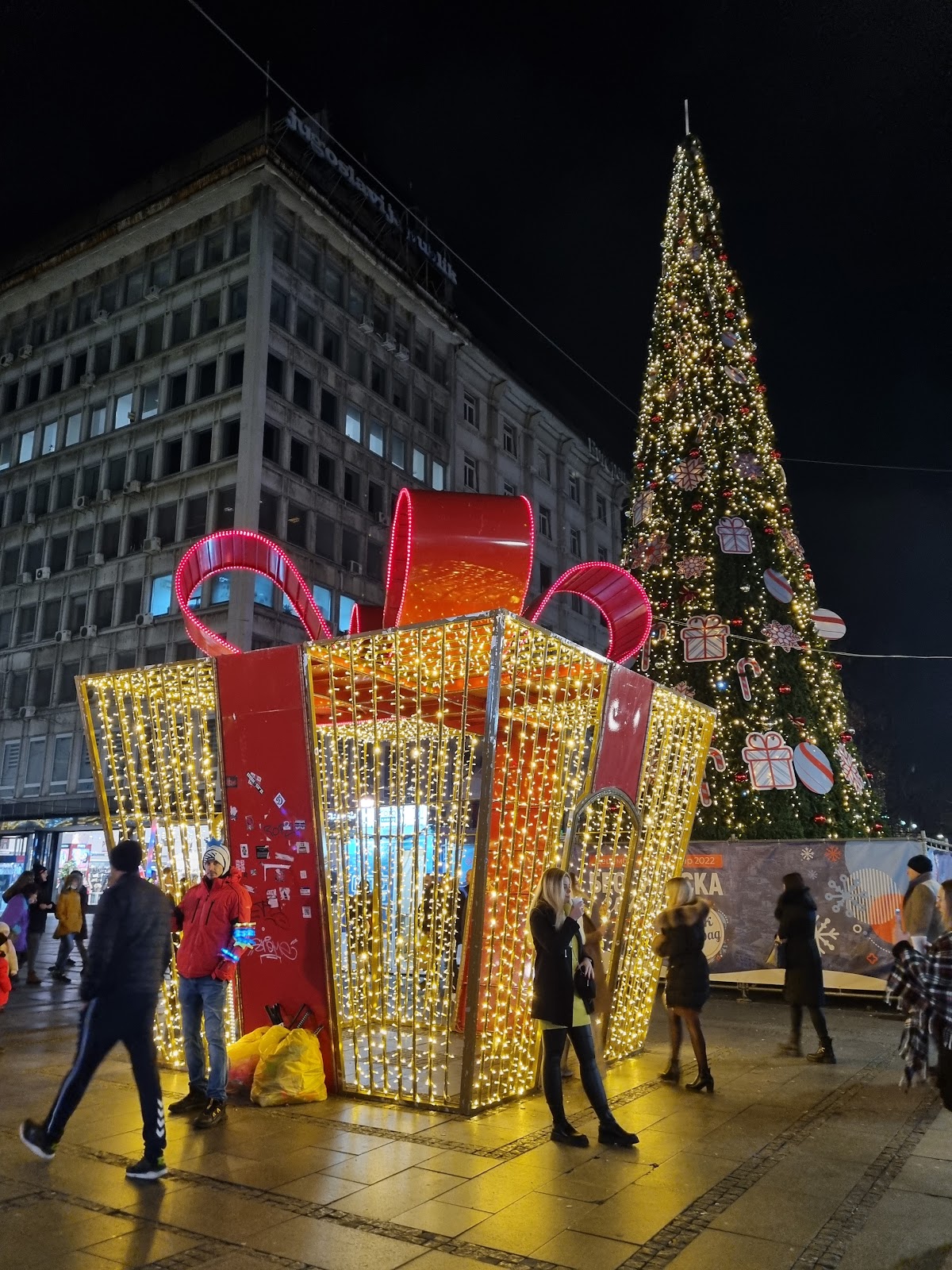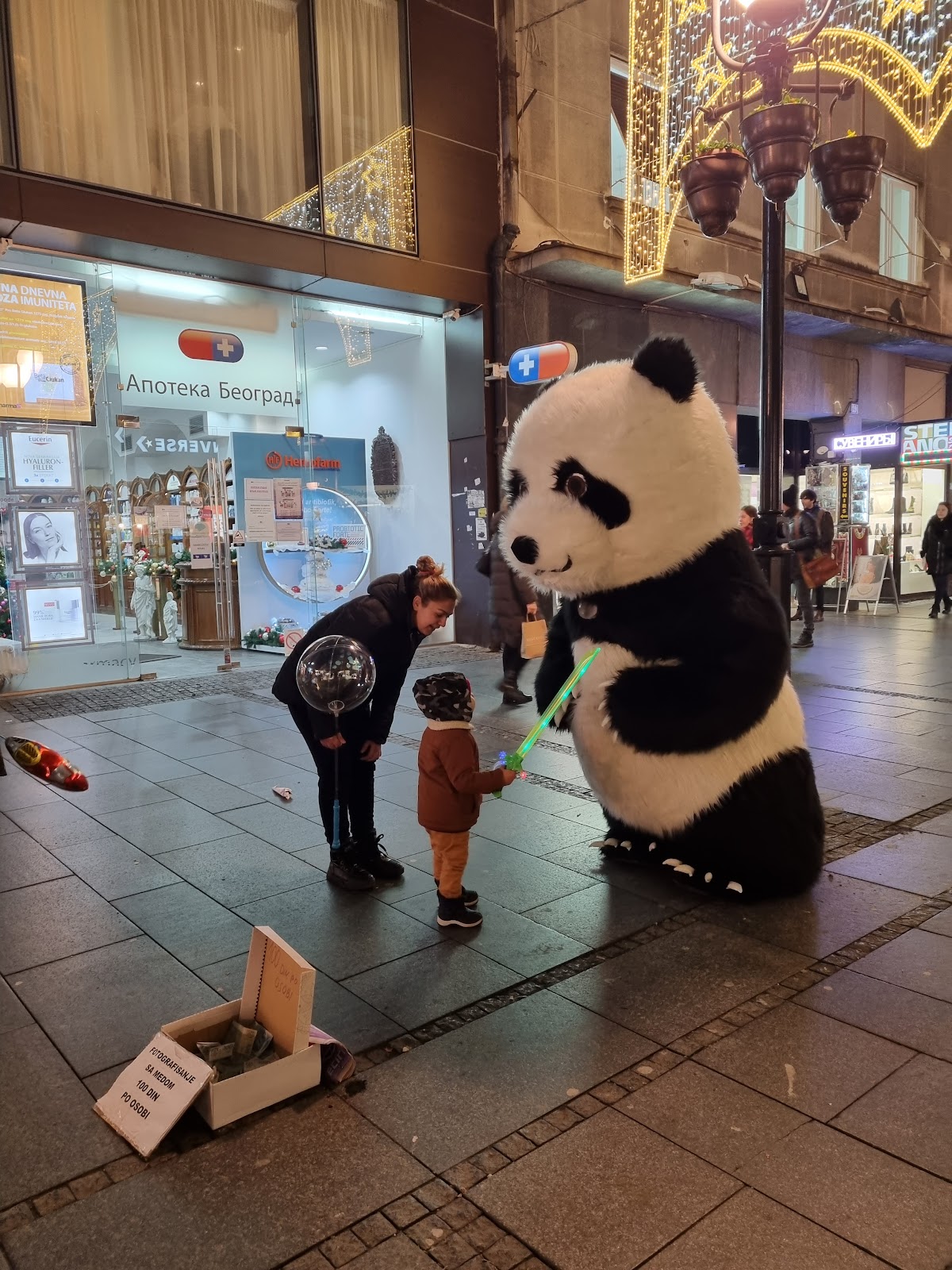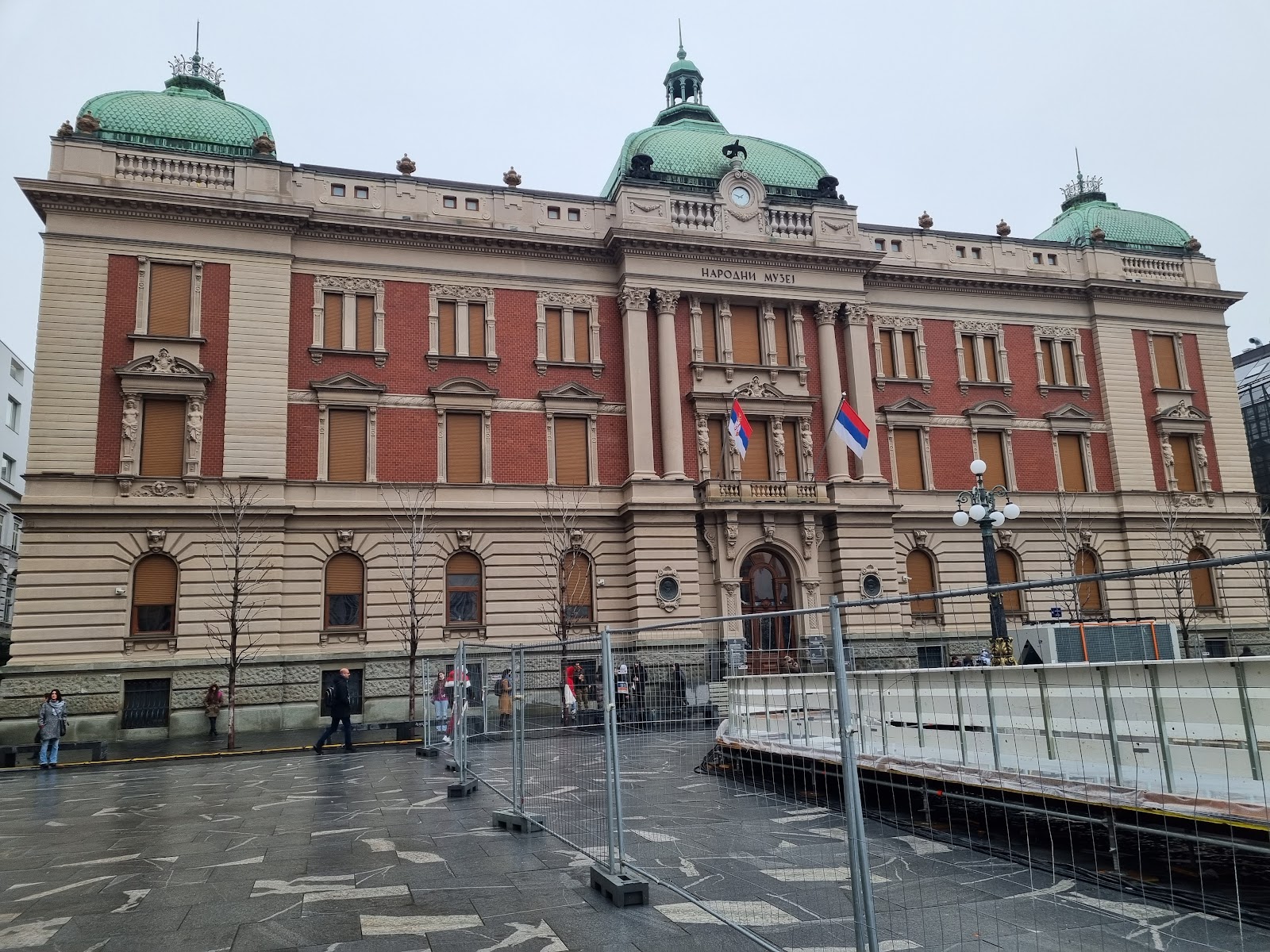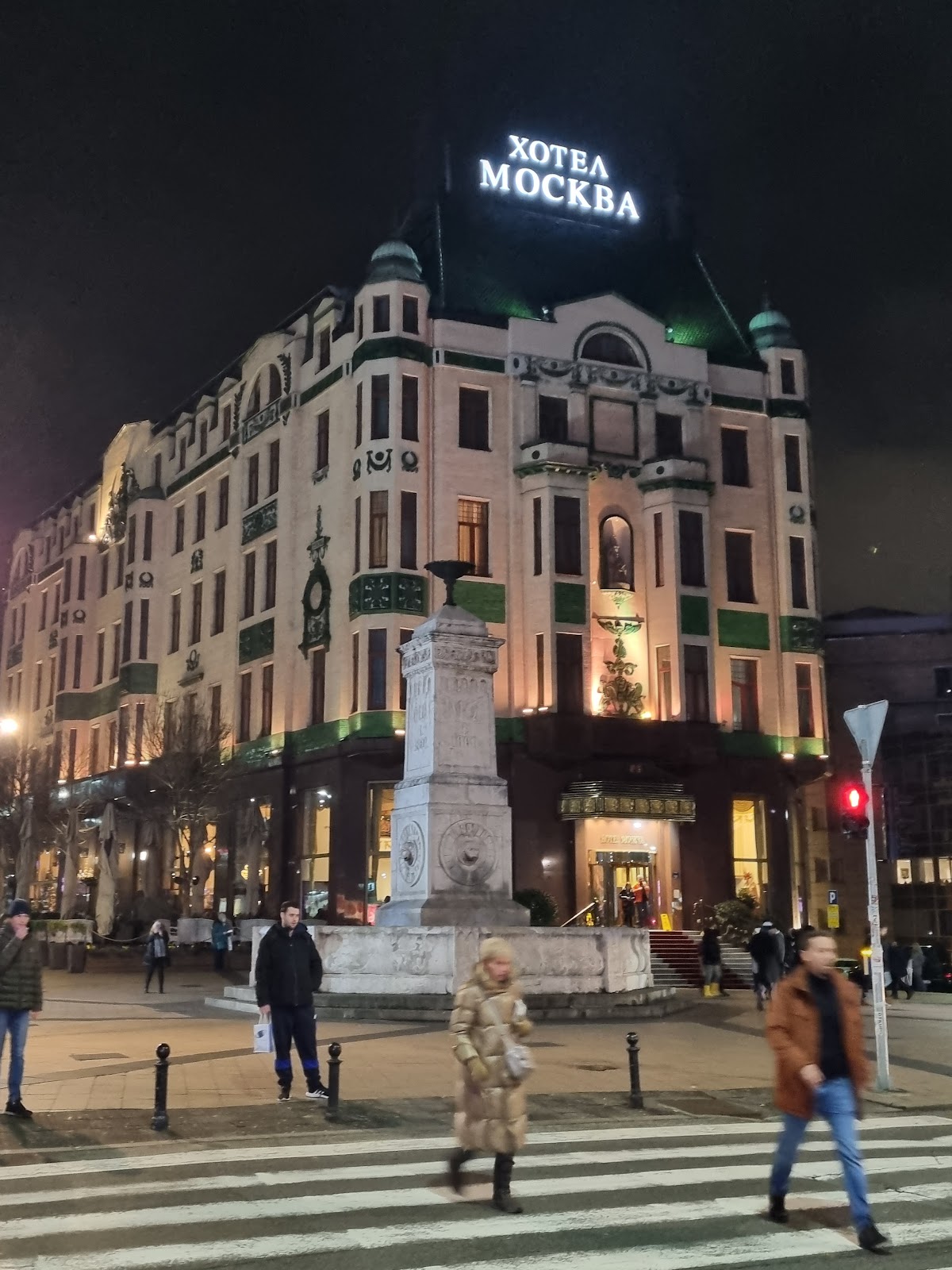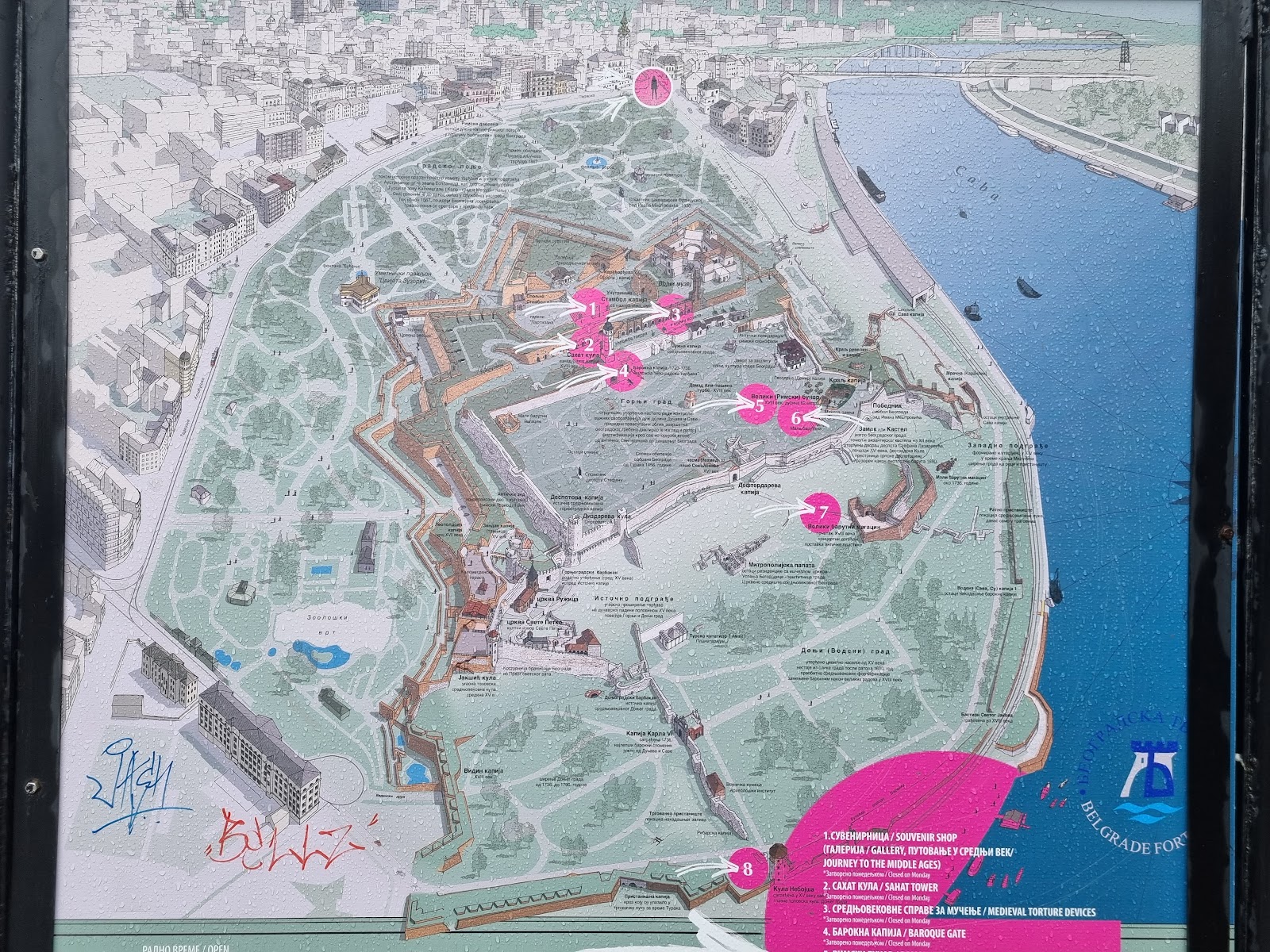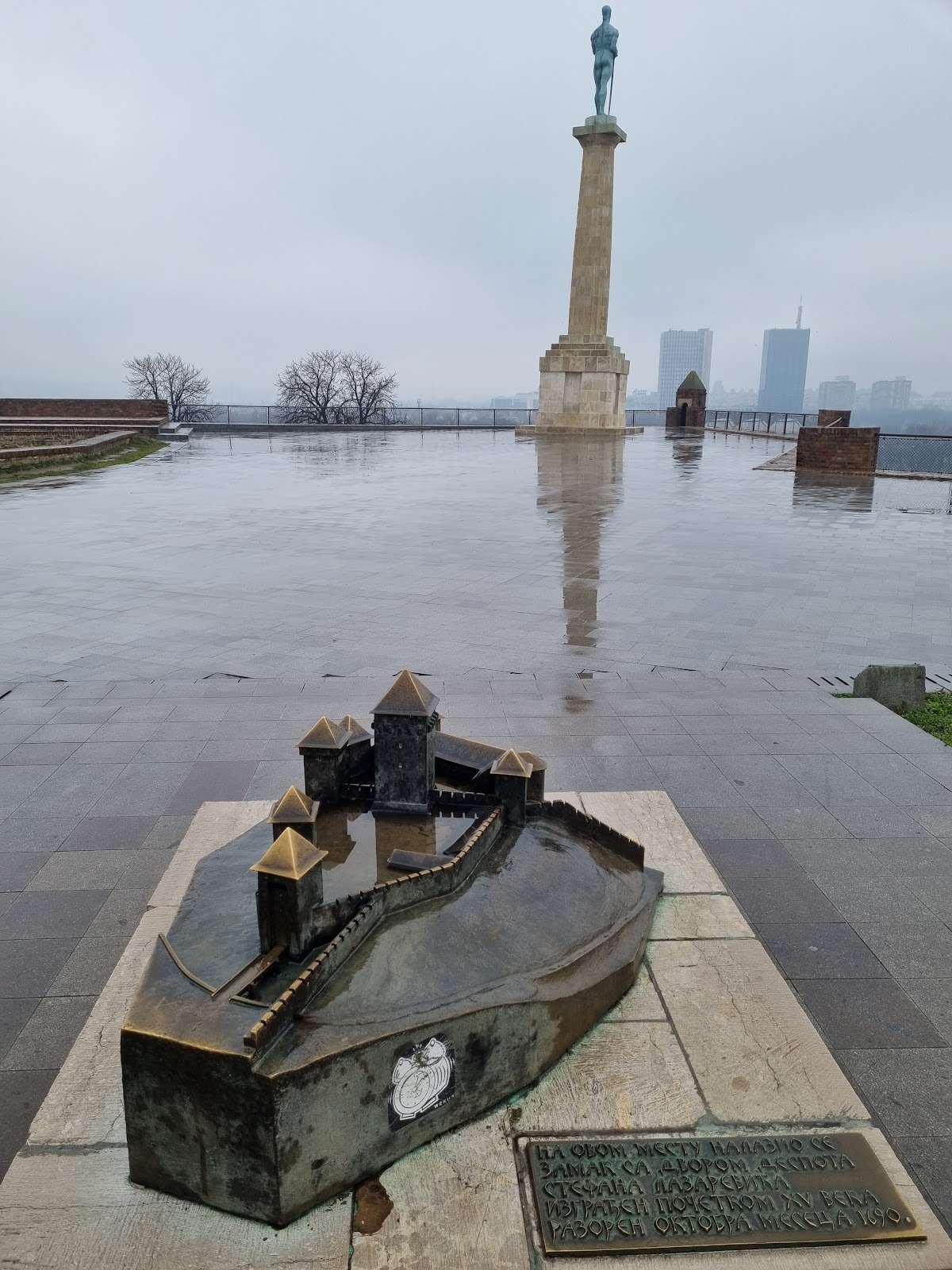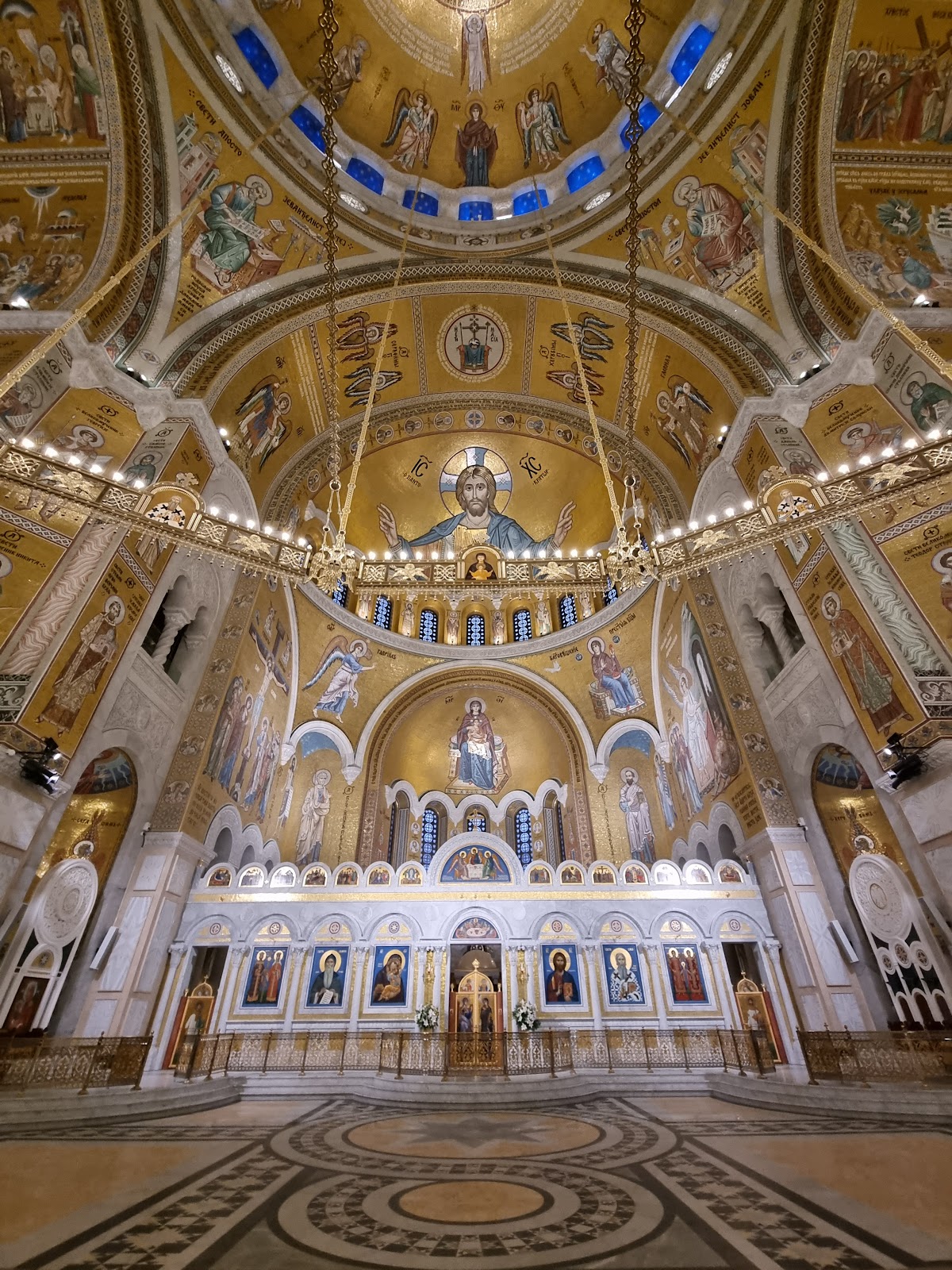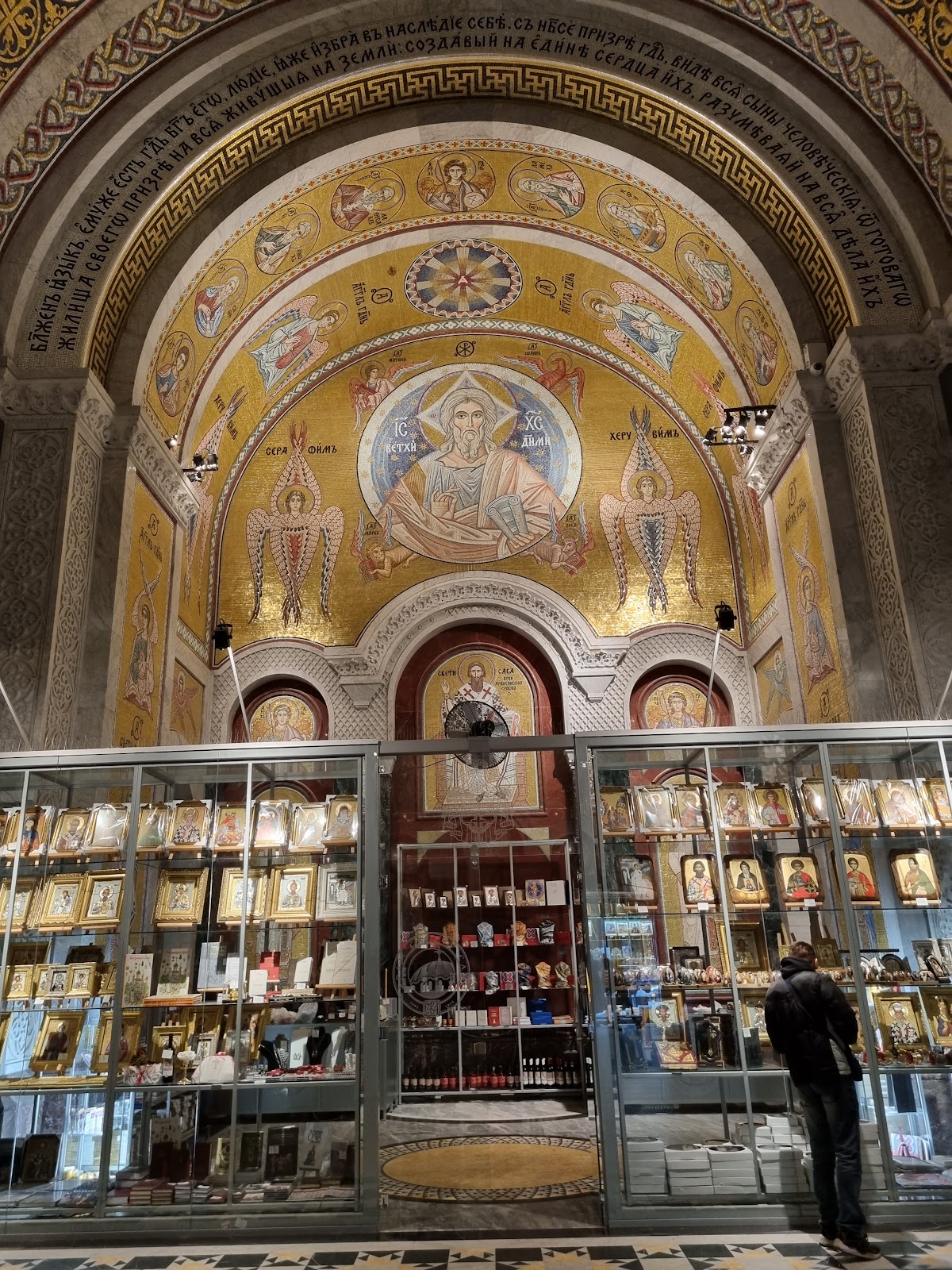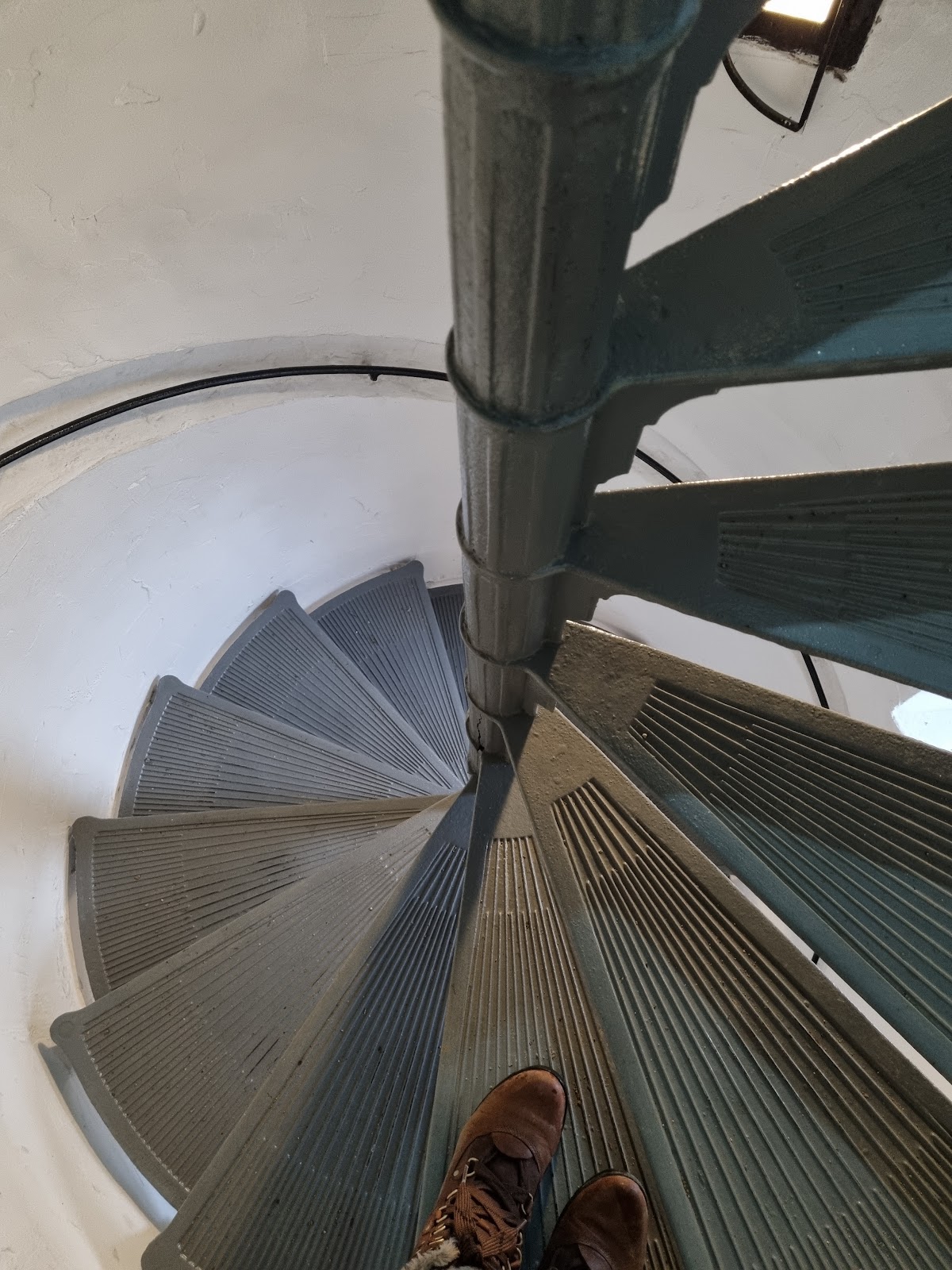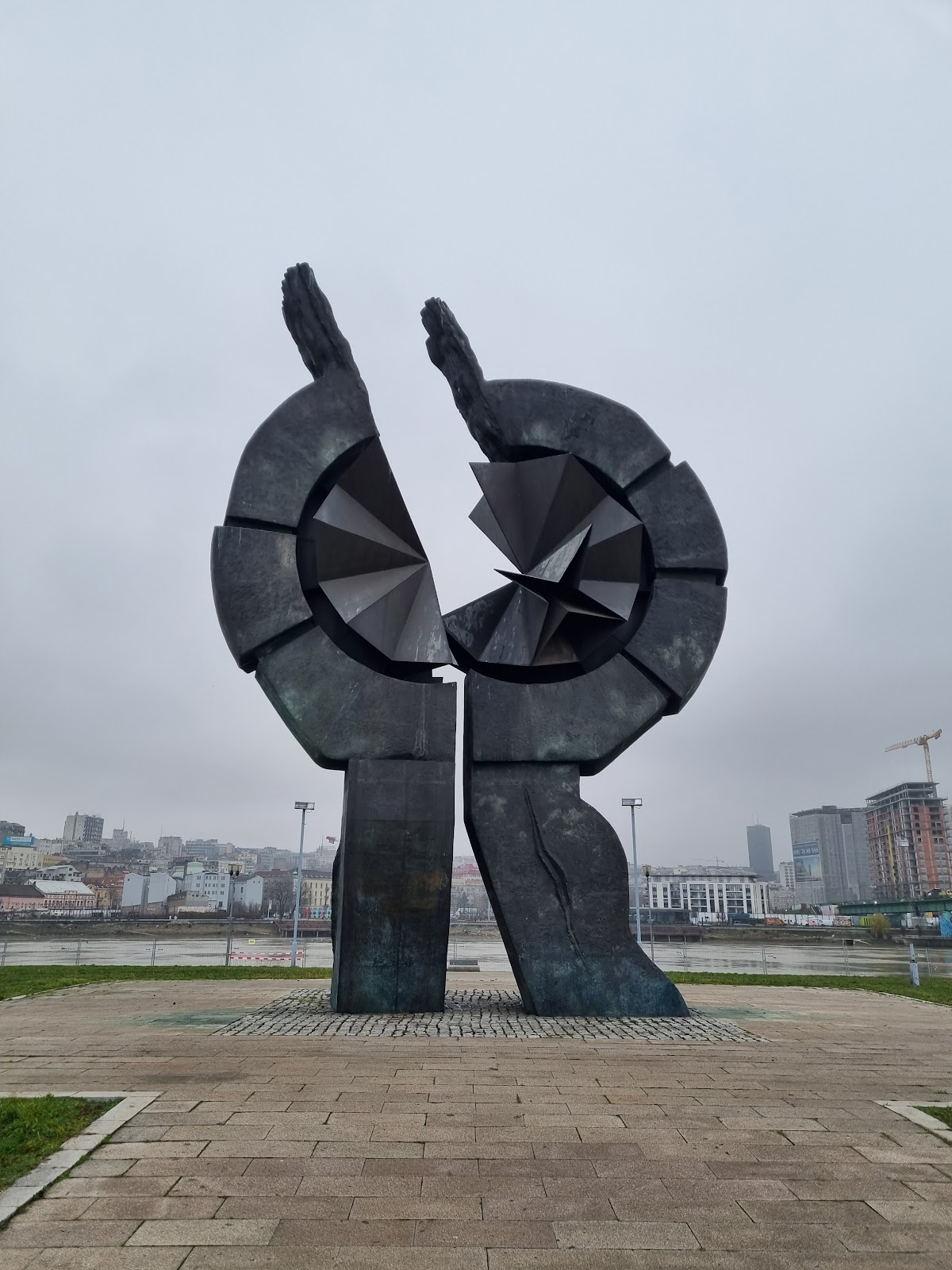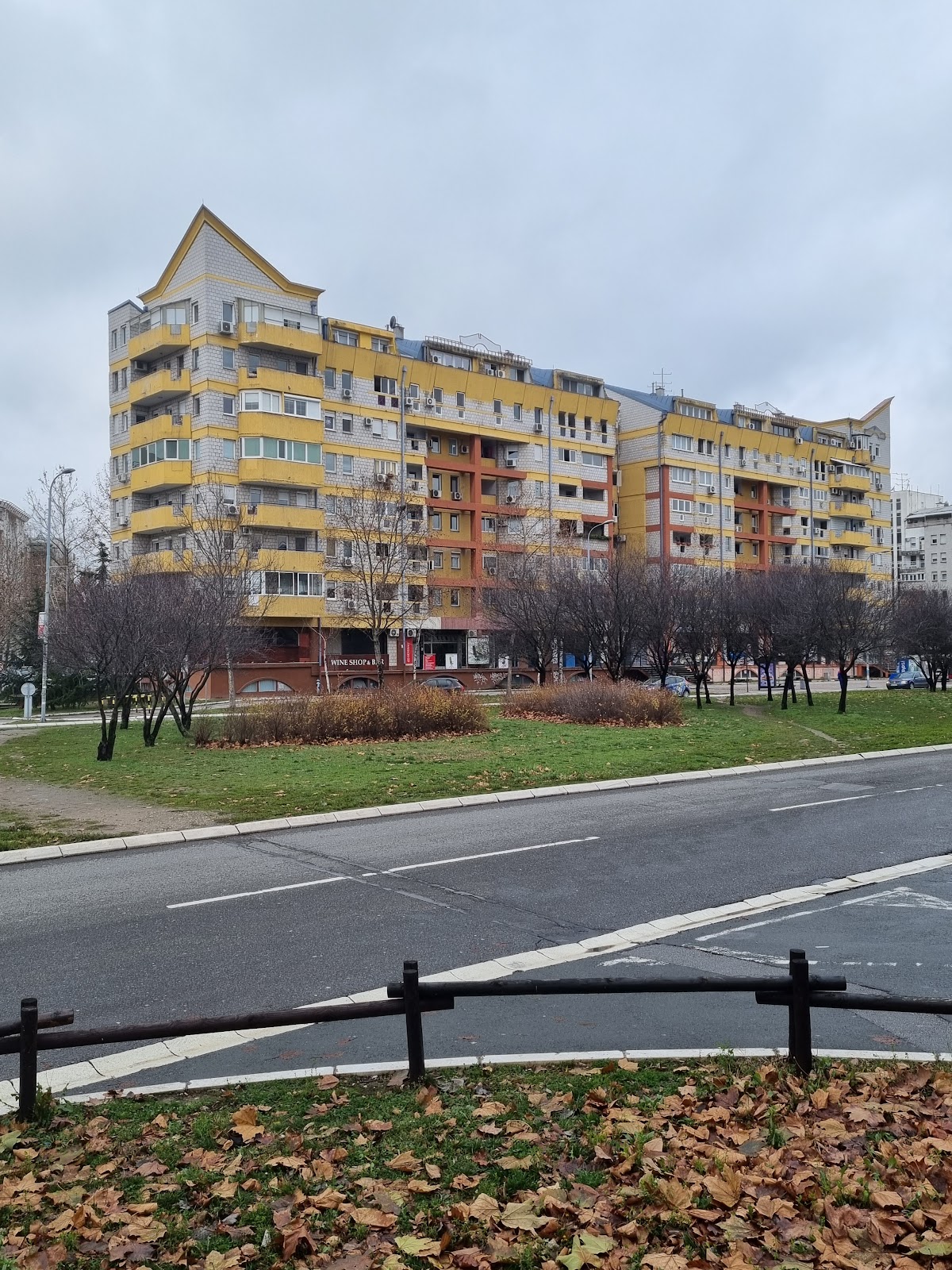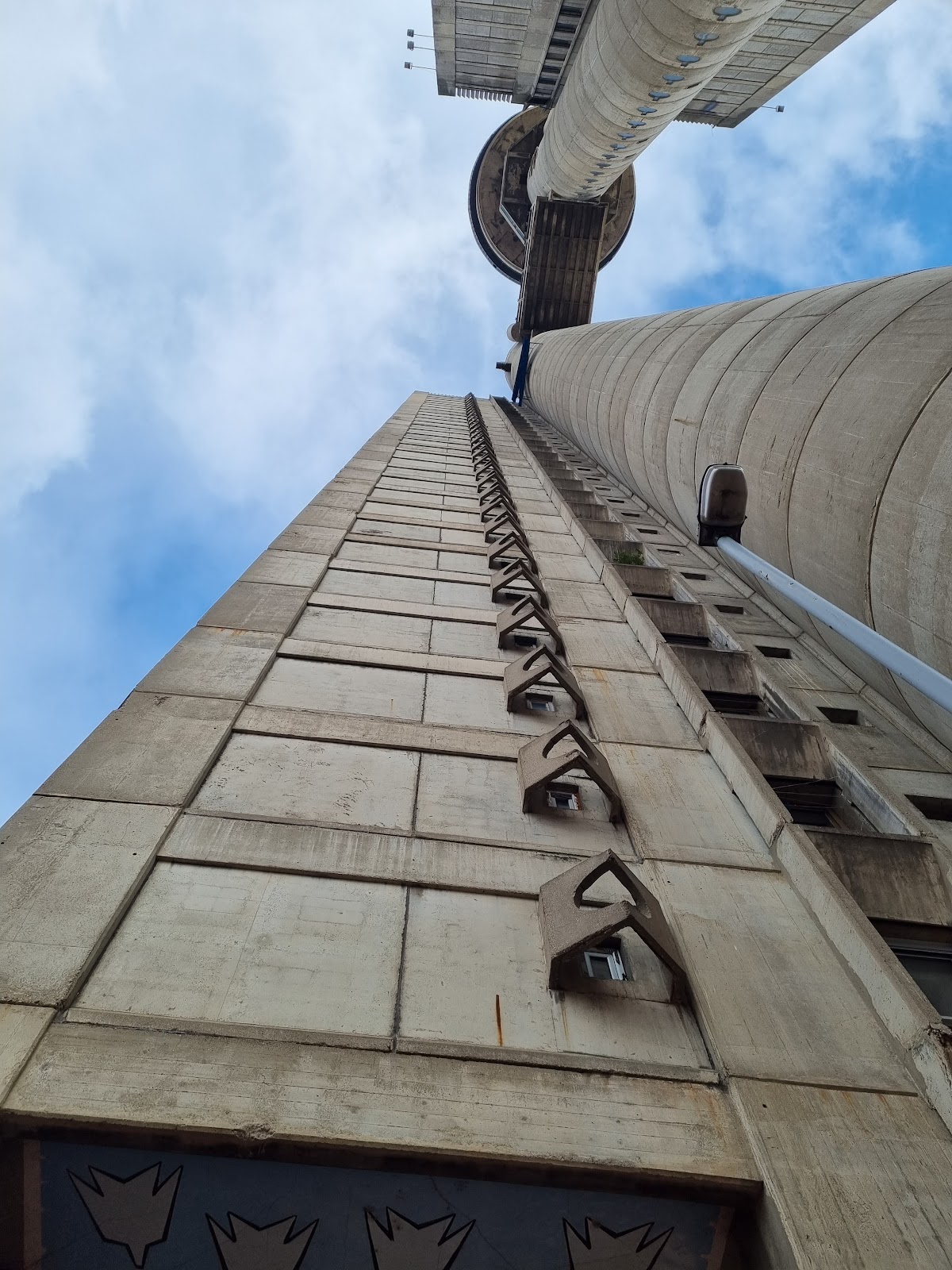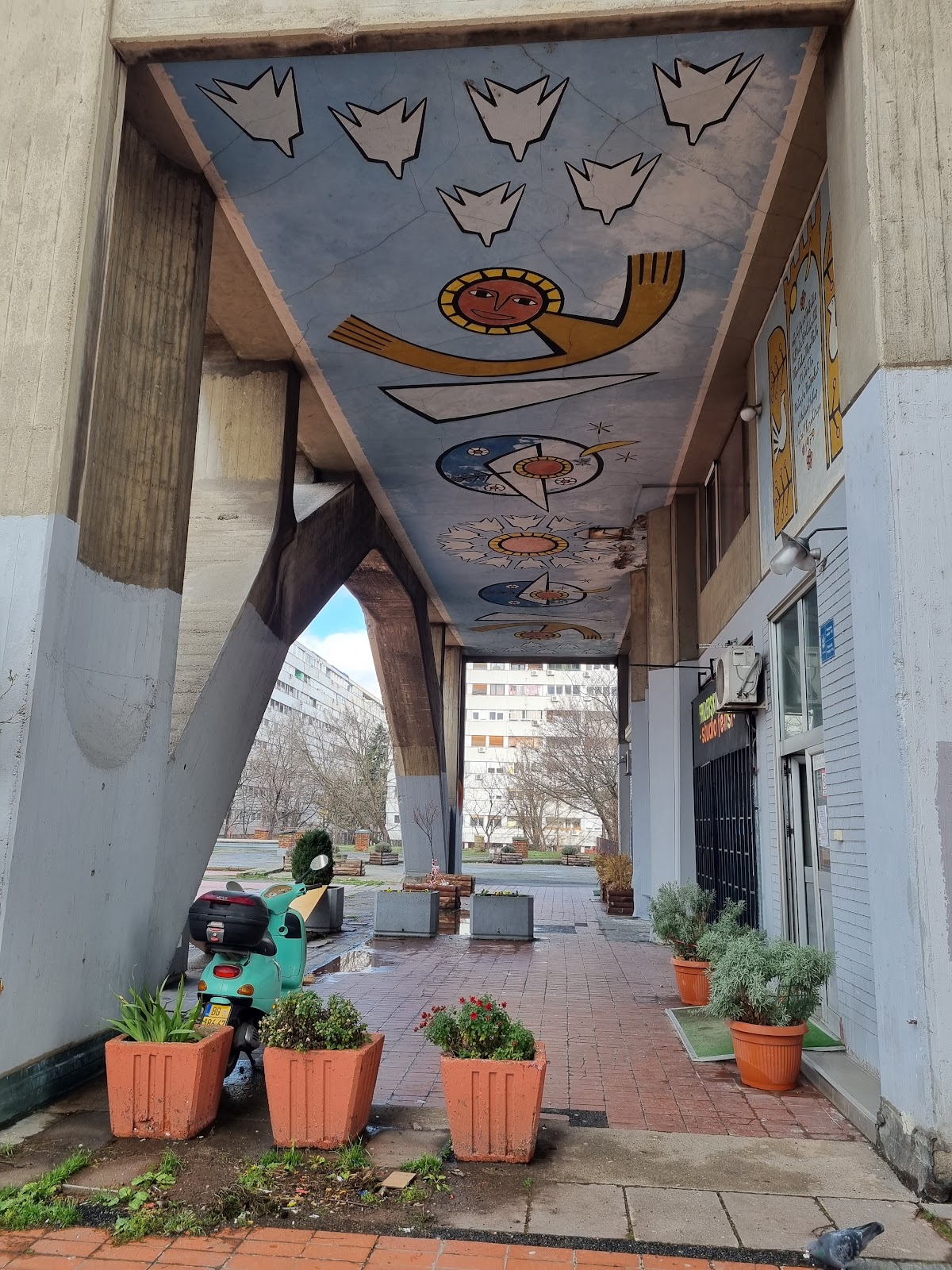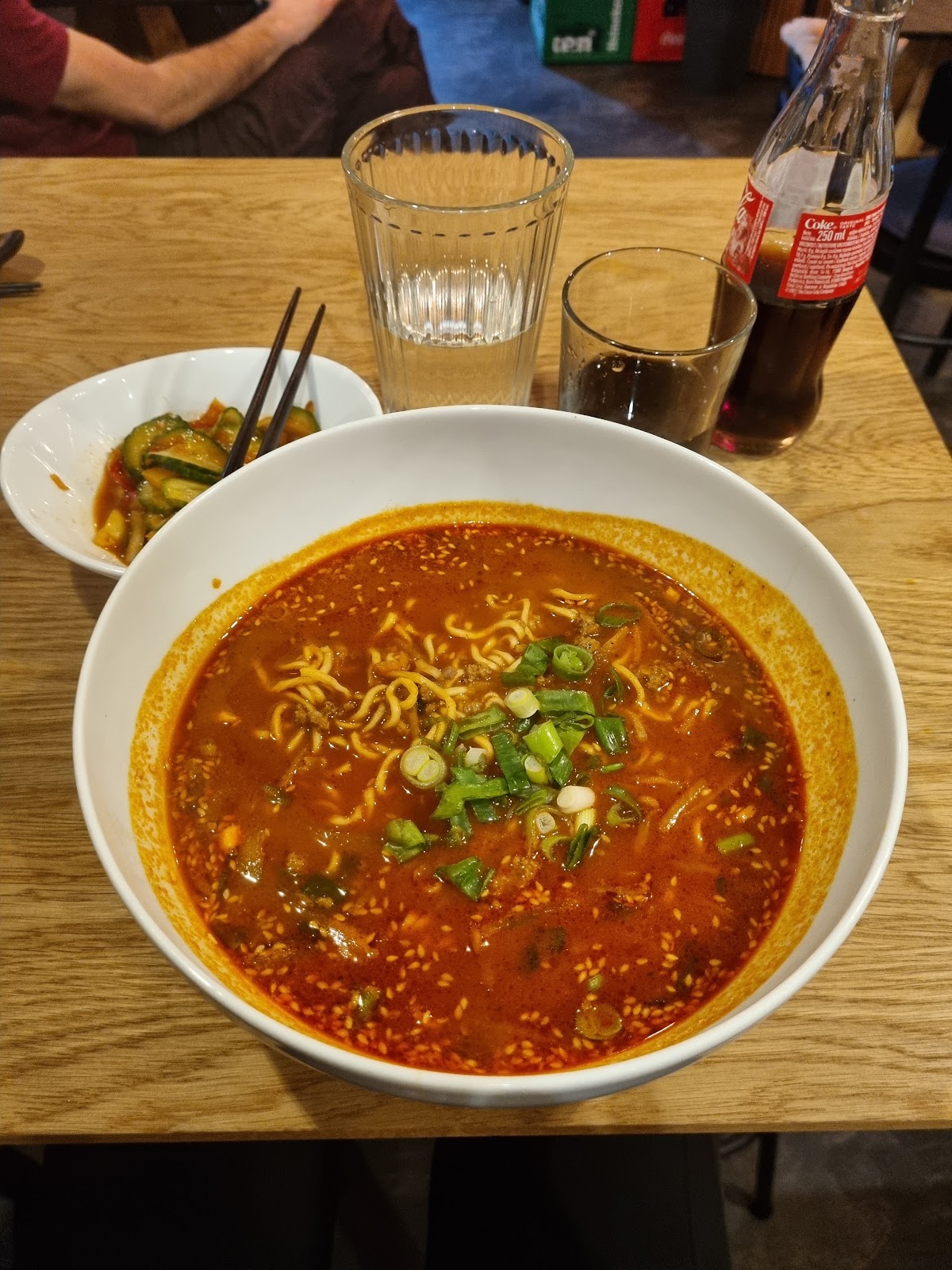Being Christmas period and with the Orthodox celebrating their Christmas later than the usual Dec 25 date, the street scene was really vibrant.
The main touristic parts would be to walk the main street of Kneza Mihaila - this is where the main shops and restaurants are located. During this time of the year, it was also beautifully litted up.
National Museum of Serbia
Hotel Moskva
The New Court
Intended as residency of the Royal Family, the construction begun in 1912. From 1934 - 1948, the building served as Prince Paul Museum, the National Museum of Serbia. After that period, the building underwent major renovations and was adapted for the needs of the Executive Council of the Republic of Serbia.
New Royal Palace
A royal residence of the Karadjordjevic dynasty and built from 1911 to 1922.
Located at one end of the Kneza Mihaila, and along the Danube River, it is in rather good shape, and has nicely been incorporated as part of a park now.
I was however surprised when I walked out 1 of the exits to find numerous artillery lined along the walls, and later realised there is a Military Museum. Even more surprising to later find a Dinosaur Park.
Cathedral of St. Sava
The Cathedral of St. Sava is the largest Orthodox cathedral in the Balkans, and one of the most important cathedrals in the world. Built in honour of St. Sava (1175-1236), the Serbian apostle and the first Archbishop of the Serbian Orthodox Church, the cathedral was constructed on the site on which relics relating to St. Sava were desecrated by the Ottoman regime in 1594.
Architectural plans for the cathedral were drafted in the 19th century, although construction commenced only in 1935, before being delayed due to the start of World War II. While construction of the cupola was completed in 1989, the cathedral was not officially opened until 2004.
The inside was all filled with gold mosaic tiled pieces which would had taken painstakingly a lot of effort to stick them one by one to fill the cathedral.
Even the basement was extremely impressive with stories drawn on ceilings to depict stories. I was very impressed!
Zemun
Gardoš Tower
The Gardoš Tower is one of the four Millennium Towers that the Hungarian authorities built on all four corners of the world, in the most remote cities of the kingdom, as part of the celebration of the thousandth anniversary of the immigration of Hungarians to Pannonia.
Zemun
Gardoš Tower
The Gardoš Tower is one of the four Millennium Towers that the Hungarian authorities built on all four corners of the world, in the most remote cities of the kingdom, as part of the celebration of the thousandth anniversary of the immigration of Hungarians to Pannonia.
The 36-meter-high tower was built on the southernmost point of the kingdom, in Zemun, in the city of Belgrade, in 1896, on the Gardoš hill, on the foundations of the ancient Zemun fortress Taurunum from the 9th century. The Zemun Millennium Tower, from the period of the Kingdom of Hungary, except the one in Hungary, is the only such preserved monument that has remained on the territory of other countries.
The view at the top of the tower is really scenic.
Walking around the Gardoš District, there was also a stretch of restaurants which I would never had expected to find. This looks like an area which would be rather nice to be at during the summer, where outside seating is possible.
Monument to the Victims of Sajmiste Concentration Camp
This memorial commemorates the suffering endured by thousands of people who were imprisoned and murdered at the Sajmiste Concentration Camp.
I learnt about this building from Josh, an Asian living in USA and stayed in the same hostel that I was in.
This distinctive high-rise structure is defined as an example of Brutalism architecture, characterised by its raw and unornamented appearance, featuring exposed concrete surfaces, bold geometric shapes and a focus on functionality.
Constructed in the 1970s, the Kula Geneks Tower consists of two interconnected towers, each crowned by a rotating restaurant. It doesn't appear to be in use anymore with a number of areas closed off
Someone actually drew a really good Charlie Chaplin within the 2nd floor of the building!
Took a quick detour to check out the town of Zemun, which was rather dead in my opinion 😅
But a cute small little town.
Food Recommendations
I didn't have too much time in Belgrade and also didn't try too many places as I was getting somewhat tired of the region's food and needed some Asian fix.
Most of the listings I saw on Google maps didn't look authentic, but came across one called AhMee which looked decent - a Korean restaurant opened by a few Korean ladies which turned out to had only been opened for 17 days when I was there!
I settled for a Korean beef noodles - this is definitely not your instant noodles Shin ramyeon style as you can tell that the stock was made from scratch with noodles subsequently added in. I even got complimentary items from Sarah, one of the owners of the store. She's just so sweet!


